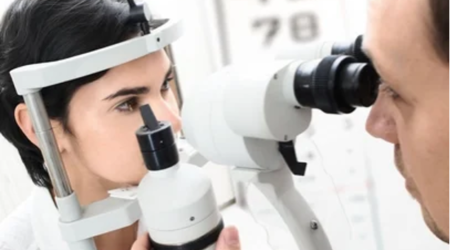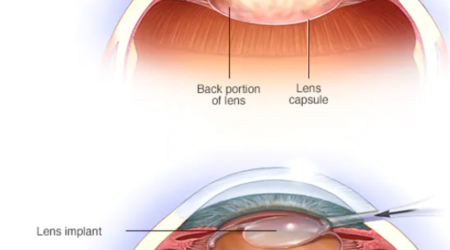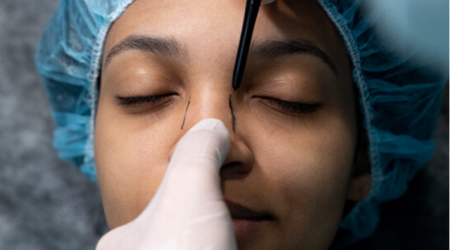What are the Treatment Options for Female Infertility?
When struggling with infertility, the first thought that comes to mind is, what are my options? If you ask this question, this blog is for you. Read on.
Infertility treatment options depend upon the reasons behind the problem. Infertility in women can often be attributed to or classified into categories such as:
- Ovulation Disorders – PCOS (Polycystic Ovarian Syndrome), premature ovarian failure, irregular cycles.
- Tubal Factors: Blockage, infections, adhesions.
- Uterine Disorders – Fibroids, polyps, endometriosis, unexplained factors
- Cervical Infections
Ovulation Stimulation with Follicle Monitoring :
For
1. PCOS: Polycystic Ovarian Syndrome
2.Unexplained Infertility
3. Combined with IUI
If your cycles are irregular, delayed or absent, there is a high likelihood that you are not ovulating. To tackle this, egg forming medicines are used like Letrozole, clomiphene, or injections are used. With this follicle monitoring is done which are serial ultrasounds done to track the growth of the follicle containing egg.
Also even if your cycles are regular, such medications not only ensure timely egg formation but may also enhance the probability of pregnancy if more than one egg develops.
Intra Uterine Insemination – IUI Treatment
For:
- Unexplained Infertility
- Mild Male factor Infertility
- Donor Sperm usage
This treatment option proves to be helpful in cases of unexplained infertility. The treatment enables the insemination of a washed and prepared semen sample into the uterus at the right time of ovulation to help egg formation. This is usually combined with ovulation stimulation and follicle monitoring. IUI treatment is also an effective option to take care of the male factor infertility, as the semen sample is first prepared and then injected. It increases the probability of conception. It is also used when a donor semen sample is to be used in cases of azoospermia.
IVF and ICSI
For
- Blocked tubes
- Moderate to Severe Male Factor
- Failed IUI’s
- Unexplained infertility
- Endometriosis
- PCOS: Polycystic Ovarian Syndrome women not responding to common egg forming medicine and injections
If the simpler treatments fail to yield results for unexplained infertility or Tubal factors or when because of advancing age and poor ovarian reserve, time to pregnancy needs to be shortened, then IVF (In Vitro Fertilization and ICSI (Intracytoplasmic Sperm Injection) proves to be highly effective. In IVF treatment, the facilitation is provided for embryo formation outside the female body in a petri dish. Once formed, the embryo is transformed into a female uterus for further development.
(ICSI) is a specialized form in In Vitro Fertilization (IVF) that is primarily used to overcome severe cases of unexplained infertility in women and male factor infertility. During ICSI, a single sperm is injected directly into an egg to facilitate fertilization. This technique is particularly helpful for couples where the male partner has very low sperm counts, poor sperm motility, or abnormally shaped sperm, which can prevent the sperm from fertilizing the egg naturally.
One important point to address when talking about the treatment options for infertility in women is the involvement of Fertility Enhancing Endoscopic Procedures.
What are they?
Fertility Enhancing Endoscopic Procedures
Fertility-enhancing endoscopic procedures include Laparoscopy and Hysteroscopy. These are performed with the help of a camera mounted on an endoscope, that allows surgeons to view and operate on the internal organs without making large cuts. These procedures are used to diagnose and treat conditions.
There are two primary types of fertility-enhancing endoscopic procedures:
Laparoscopy: This is performed through small incisions in the abdomen. A laparoscope is inserted to view the pelvic organs. It’s often used for:
- Diagnosing and treating endometriosis.
- Removing scar tissue (adhesions).
- Treating ectopic pregnancy.
- Removing ovarian cysts or fibroids causing infertility in women.
- Opening blocked tubes or performing tubal ligation reversal.
Hysteroscopy: This involves inserting a hysteroscope through the cervix into the uterus. It’s typically used for:
- Polyps removal.
- Fibroid removal, if they are within or bulging into the uterine cavity.
- Septum resection, if there’s a congenital uterine anomaly.
- Scarring or adhesion removal from inside the uterus.
These procedures can enhance fertility by restoring the normal anatomy and function of the reproductive organs. They can be diagnostic, therapeutic, or both. Basically, they prepare the woman to receive fertility treatments such as IVF or IUI treatment properly.
Summing Up When exploring the treatment options for infertility in women, it is essential to approach a reputed fertility specialist such as Dr Rhythm Gupta, practising at a fully facilitated IVF centre in Delhi. Dr. Gupta has instilled the dreams and hopes of a family in many and has successfully helped to realize those dreams.












Leave a Reply